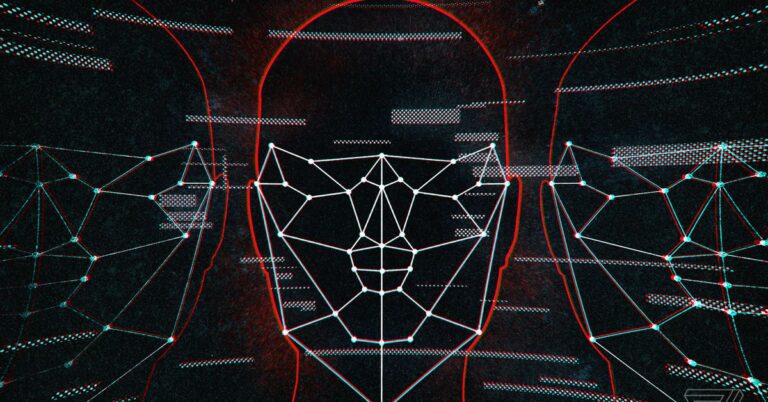
[ad_1]
Israel has deployed a mass facial recognition program in the Gaza Strip, creating a database of Palestinians without their knowledge or consent, The New York Times reports. The program, which was created after the October 7th attacks, uses technology from Google Photos as well as a custom tool built by the Tel Aviv-based company Corsight to identify people affiliated with Hamas.
The facial recognition program was built in tandem with Israel’s military offensive in Gaza, according to the Times report. After the October 7th attacks, officers within the Israeli military’s Unit 8200, the Israeli Defense Forces’ main intelligence unit, identified potential targets by watching security camera footage and videos Hamas had uploaded to social media. Soldiers also asked Palestinian prisoners to identify people from their communities who were affiliated with Hamas.
Corsight, which has boasted that its technology can accurately identify people even if less than 50 percent of their face is visible, used these photos to build a facial recognition tool Israeli officers could use in Gaza. To further build out its database — and identify potential targets — the Israeli military set up checkpoints equipped with facial recognition cameras along major roads Palestinian used to flee south. The goal, one officer told the Times, was to create a “hit list” of people who participated in the October 7th attack.
In some instances, Corsight’s tool mistakenly identified people as being connected to Hamas
Soldiers told the Times Corsight’s technology wasn’t always accurate, particularly when it relied on grainy footage or photos where people’s faces were obscured. In some instances, Corsight’s tool mistakenly identified people as being connected to Hamas. One such case involved Palestinian poet Mosab Abu Toha, who was plucked from an Israeli military checkpoint on Gaza’s central highway in mid-November while he was trying to leave Gaza for Egypt with his family. The system had flagged Abu Toha as being on an Israeli list of wanted persons. Israeli officers held Abu Toha in a detention facility, where he was beaten and interrogated for two days before being returned to Gaza without an explanation.
The Israeli military has supplemented Corsight’s technology with Google Photos — which, unlike Corsight, is free to use — soldiers told the Times. Intelligence officers have uploaded databases of “known persons” to Google Photos and used the photo search function to further identify people. One officer told the Times that Google Photos could identify people even when only a small portion of their face was visible, making it better than other tools, including Corsight.
Corsight’s executives and funders have been vocal about their desire to help the Israeli military in its ongoing war in the Gaza Strip. In an October op-ed for The Jerusalem Post, Aaron Ashkenazi — the founder and managing partner of the Canadian fund Awz Ventures, which led Corsight’s $5 million funding round in 2020 — wrote that Awz was providing Israel “with the technological tools to stop these evil terrorists in their tracks.” Most of the companies in Awz’s portfolio are in the artificial intelligence and cybersecurity sectors.
In October, some hospitals in Israel started using Corsight’s technology to identify patients, Forbes reported at the time. According to the Forbes report, Corsight’s technology was able to take images of people “whose features had been impacted by physical trauma, and find a match amongst photos sent in by concerned family members.”
Corsight is primarily focused on government, law enforcement, and military uses. In 2020, the one-year-old company said its technology could identify masked faces. Two years later, Corsight claimed to be developing a tool that could create a model of a person’s face based on their DNA. Last year, Corsight worked with the metropolitan police in Bogotá, Colombia, to track down murder and theft suspects on the public transit system.
Corsight did not respond to request for comment.
[ad_2]